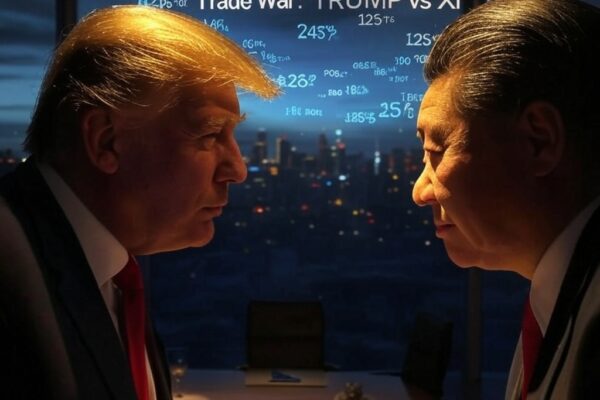TAIPEI, Taiwan – Taiwan barred the island’s universities from collaborating with three mainland Chinese institutions, citing their ties with Beijing’s overseas propaganda arm, in what Taiwan opposition lawmakers said was a blow to cross-strait exchanges that have historically served as a bridge for dialogue despite geopolitical rifts. China and Taiwan have maintained educational exchanges, despite political and military tensions, allowing students and scholars from both sides to participate in academic collaborations, research projects and university partnerships. But on Thursday, Taiwan banned its universities from working with China’s Jinan University in the city of Guangzhou, Huaqiao University in Xiamen and Quanzhou, and Beijing Chinese Language and Culture College, citing their ties with the United Front Work Department. “Chinese universities affiliated with the United Front Work Department serve a political purpose rather than a purely academic one,” said Taiwan’s Minister of Education Cheng Ying-yao. The United Front Work Departmen is a key arm of the Chinese Communist Party, or CCP, that conducts influence operations, propaganda and political engagement globally. It works to shape narratives, co-opt elites, and extend Beijing’s reach into academia, media, and diaspora communities. Critics, including Taipei, accuse it of covert interference, disinformation, and suppressing dissent, with several governments warning of its role in election meddling, intellectual property theft, and undermining democratic institutions. “To prevent political influence operations we must halt cooperation and exchanges,” Cheng added. The ban drew criticism from Taiwan’s main opposition Kuomintang, or KMT, which criticized it as “politically motivated” and “detrimental” to cross-strait exchanges. “Students from over 80 countries attend these universities. It is shortsighted for the DPP to isolate Taiwan academically,” KMT legislative Fu Kun-chi said, referring to the island’s ruling Democratic Progressive Party. KMT chairman Eric Chu Li-luan also said the policy would do more damage to Taiwan’s higher education sector. “Academic cooperation should be based on international accreditation, not political considerations,” Chu said. “The DPP is using this as part of its broader political strategy for 2025, creating division instead of fostering engagement.” A DPP legislator, Wu Szu-yao, however, defended the ban, comparing it to the global shutdown of Confucius Institutes due to similar concerns over Chinese influence. Confucius Institutes are Chinese-funded language and cultural centers, which have drawn suspicion around the world of Chinese propaganda and influence. The U.S., Europe and Australia have closed many of the institutes, citing threats to academic freedom and security. “Taiwan has never restricted normal academic and cultural exchanges, as long as they are free from official influence. But these schools, being under the United Front Work Department control, inherently serve political purposes and follow political directives,” Wu said. RELATED STORIES Taiwanese army officer’s failed defection to China ends in 13-year sentence Taiwan to scale up annual military drill as China tensions mount Did Taiwan ‘severely punish’ students for supporting unification with China? Taiwanese students have long pursued degrees in Chinese universities, drawn by lower tuition fees, scholarship opportunities, and career prospects in the mainland. Chinese students also study in Taiwan, though in smaller numbers due to political restrictions. Universities from both sides have established joint research programs and academic agreements, facilitating faculty collaboration and student mobility. But exchanges have not been immune to political influence. China has at times limited the number of its students permitted to study in Taiwan, citing political concerns, while Taipei has imposed tighter regulations on Chinese scholars and researchers due to security considerations. Cross-strait relations under Taiwan’s pro-independence leadership have further strained the programs, leading to a decline in Chinese enrollment in Taiwan. The COVID-19 pandemic also disrupted exchanges, though some academic collaboration has resumed. China sees Taiwan as a breakaway province that must eventually reunite, even by force if necessary. Beijing views the island’s leader, Lai Ching-te, a pro-independence advocate, as a separatist and has increased military drills, economic pressure and diplomatic isolation to counter his leadership. Edited by Taejun Kang. We are : Investigative Journalism Reportika Investigative Reports Daily Reports Interviews Surveys Reportika







